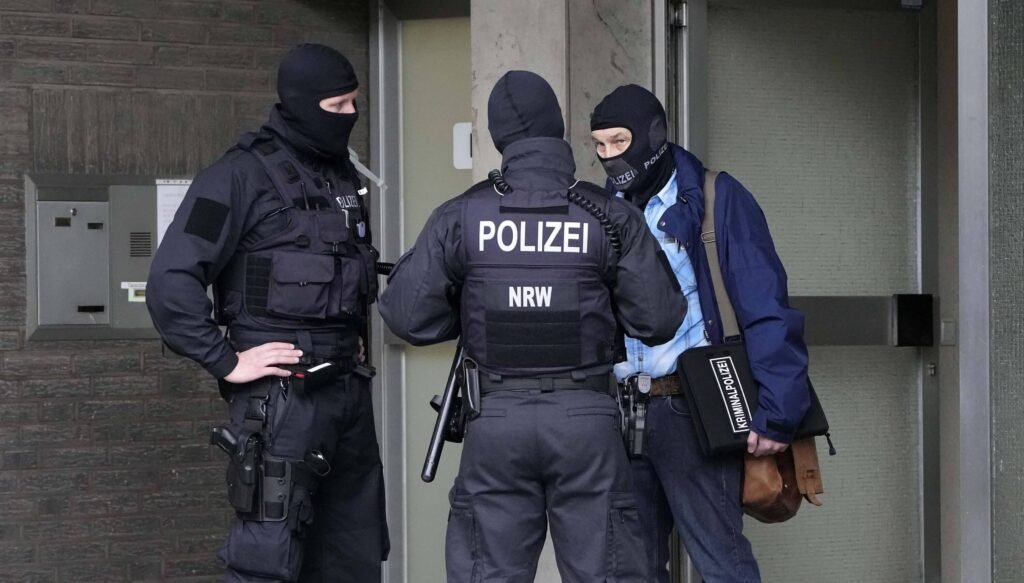All of Germany’s new border control consists of extra actions in line with a more extensive campaign against migration. Starting Monday, the country will restrict borders with France, Luxembourg, the Netherlands, Belgium, Denmark, Austria, Switzerland, the Czech Republic, and Poland. This is a six-month temporary adjustment outside the usual Schengen Zone free flow area. Interior Minister Nancy Faeser claims that the new rules aim to strengthen internal security and prevent illegal immigration. The German government is committed to protecting its people from all threats, including Islamist terrorism and serious cross-border crimes.
This action marks a significant divergence from the policies of Chancellor Angela Merkel’s government, which welcomed about a million more immigrants during the 2015–2016 migration crisis. Germany is now tightening its immigration regulations in line with other European countries due to increased far-right resistance.
Germany’s new action is in line with its agreement with Kenya to control migration by providing access to trained and semi-skilled Kenyan labor. However, implementing these new regulations has tested European unity and sparked criticism from surrounding nations. Donald Tusk, the prime minister of Poland, has stated that Poland would have urgent talks with the impacted countries and that the stricter border restrictions are intolerable. Austria and Greece have also warned that they will not take in refugees turned away by Germany.
The German Council for Migration has expressed worries that the new approach would break EU legislation on a national level. Furthermore, they demand a more evidence-based discussion, arguing that rejecting people at Germany’s borders who are seeking safety is a dangerous populist approach to immigration policy. In response to recent terrorism events as well as rising immigration, Germany’s new border control strategy has become more rigid.









